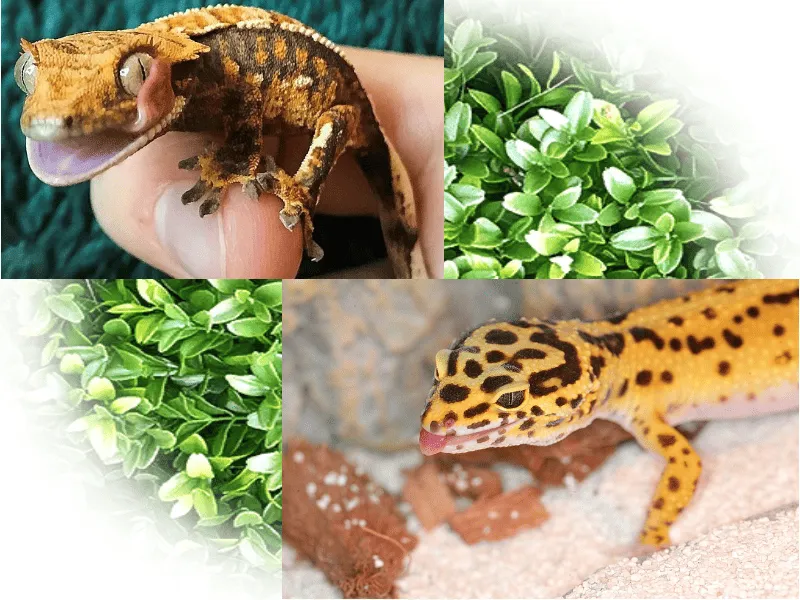Leopard Gecko vs Tarantula: Which Pet Is Right?
Choosing a pet is a significant decision, and the choices available today are vast. If you’re drawn to the unique world of reptiles and arachnids, the options of a leopard gecko or a tarantula might have crossed your mind. Both creatures offer a fascinating glimpse into the natural world, but they come with distinct characteristics and care requirements. This guide delves into a detailed comparison between leopard geckos and tarantulas, helping you determine which pet best suits your lifestyle, experience level, and preferences. From appearance and behavior to habitat needs and handling, we’ll explore every aspect to assist you in making an informed decision.
Understanding the Leopard Gecko
Leopard geckos (Eublepharis macularius) are a popular choice for reptile enthusiasts due to their docile nature, manageable size, and relatively easy care requirements. Native to the deserts of Afghanistan, Pakistan, and parts of India, these nocturnal lizards have adapted to thrive in arid environments. Their unique spotted patterns and gentle demeanor make them an appealing option for both beginners and experienced pet owners. Leopard geckos are known for their unique ability to detach their tails as a defense mechanism, which later regrows, and their diverse color morphs add to their appeal. They are generally solitary creatures, making them well-suited to individual housing, which is a significant advantage for many pet owners.
Appearance and Characteristics of Leopard Geckos

Leopard geckos are easily recognizable by their distinctive appearance. They typically grow to be around 7 to 10 inches in length, with a robust build. Their bodies are covered in small, granular scales, and their most striking feature is their pattern of spots, which are unique to each gecko. These spots usually appear black or dark brown against a yellow or tan background, though the coloration can vary greatly depending on the morph. They have large, lidless eyes that help them see well at night. Their toes have small claws, ideal for gripping surfaces, and they have thick, fleshy tails that store fat, a crucial survival adaptation in their native habitat. The tails become larger when well-fed and can detach if the gecko feels threatened.
Lifespan and Behavior of Leopard Geckos
One of the appealing aspects of owning a leopard gecko is their relatively long lifespan. With proper care, they can live for 10 to 20 years, providing companionship for a considerable period. In terms of behavior, leopard geckos are generally docile and not prone to biting, making them suitable for handling, provided it’s done gently and carefully. They are nocturnal animals, meaning they are most active during the night. They spend the day hiding in caves or under objects, conserving energy. They are solitary creatures and do not require the company of other geckos, making them less demanding in terms of housing and social interaction. Understanding their behavior is vital for providing the right environment.
Habitat and Care Requirements for Leopard Geckos
Creating the right habitat is crucial for the health and well-being of a leopard gecko. They thrive in a warm, dry environment that mimics their natural habitat. A 20-gallon long tank is usually sufficient for a single adult gecko. The enclosure should have a heat source, such as an under-tank heater or a ceramic heat emitter, to maintain a temperature gradient, with a warm side (around 88-92°F or 31-33°C) and a cooler side (around 70-75°F or 21-24°C). Substrate options include paper towels, reptile carpet, or a sand/clay mix, ensuring that the substrate is safe. Provide multiple hiding spots, such as caves and logs, and a shallow dish for fresh water. Humidity levels should be kept relatively low (around 30-40%) to prevent respiratory issues. Regular cleaning of the enclosure is necessary to prevent the growth of bacteria and maintain hygiene.
Understanding the Tarantula
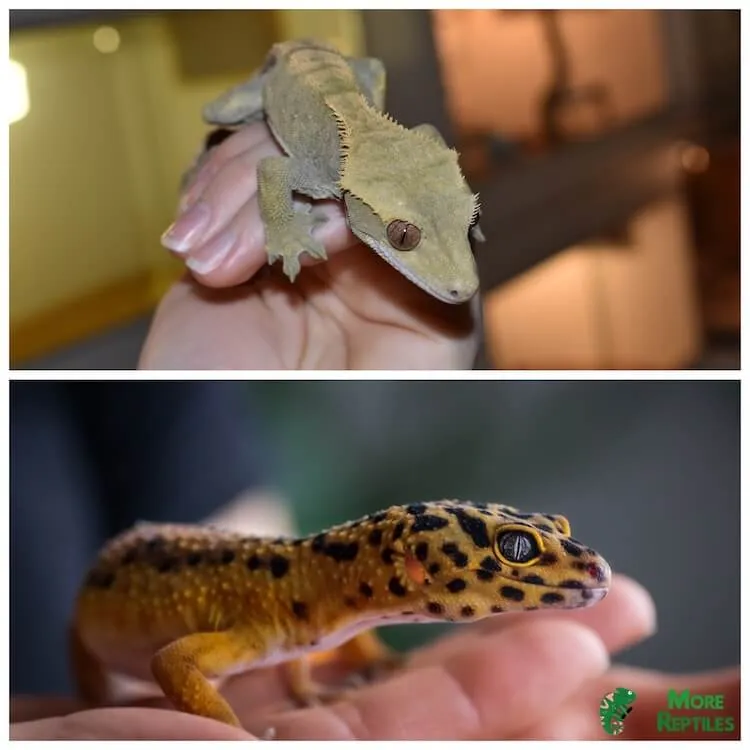
Tarantulas are arachnids, belonging to the Theraphosidae family, known for their impressive size, varied colors, and relatively easy care. These creatures are a favorite among many reptile enthusiasts due to their unique appearance and relatively low maintenance needs. While they may appear intimidating, most tarantulas are not aggressive and pose little threat to humans. Native to tropical and subtropical regions around the world, tarantulas have adapted to various environments. They are also a long-lived pet. Their captivating appearance and intriguing behaviors make them an interesting pet to observe. Tarantulas require special handling.
Appearance and Characteristics of Tarantulas
Tarantulas come in a wide array of species, each with its unique characteristics and appearance. Their size varies greatly depending on the species, but most tarantulas have a leg span of 3 to 12 inches. Their bodies are divided into two main parts: the cephalothorax (head and chest) and the abdomen. They are covered in a dense layer of hairs, which can vary in color from browns and blacks to blues and reds. Their fangs, or chelicerae, are located near their mouths and are used for injecting venom into their prey. Tarantulas have eight eyes, arranged in various patterns, and eight legs. They have pedipalps, small appendages near their mouths, used for sensing the environment and handling food. The colors and patterns of a tarantula can be truly striking, depending on the species.
Lifespan and Behavior of Tarantulas
The lifespan of a tarantula varies based on species and sex. Females typically live much longer than males. Some species can live for 20 to 30 years, making them a long-term commitment. In terms of behavior, tarantulas are generally not aggressive. They are solitary creatures and spend most of their time in their burrows or hiding places. They are primarily nocturnal, being most active during the night when they hunt for food. When threatened, some tarantulas may flick urticating hairs from their abdomens, which can cause skin irritation. Handling should be limited to necessary occasions. They are not social animals, so they don’t require company, and it is always best to watch them and learn their specific behaviors.
Habitat and Care Requirements for Tarantulas
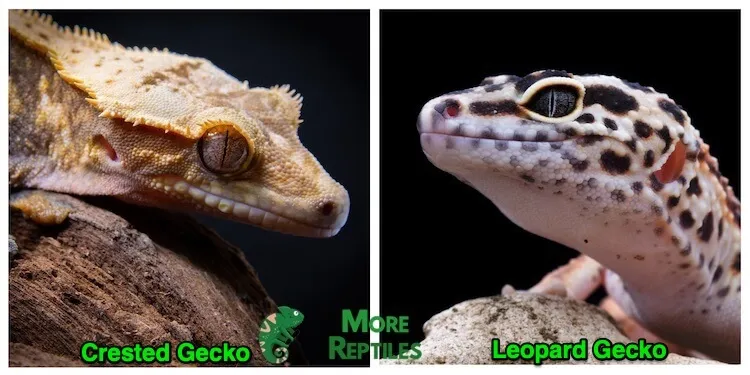
Creating a suitable habitat is essential for tarantulas. The enclosure size will vary depending on the species and the tarantula’s size, but a general rule is to provide an enclosure that is at least twice the tarantula’s leg span wide. They are kept in glass or plastic tanks, with ventilation holes to provide airflow. The substrate should be several inches deep, providing a burrowing environment. Common substrate options include peat moss, coconut fiber, or a mixture of both. A shallow water dish is essential for hydration. Tarantulas prefer warm temperatures (70-85°F or 21-29°C) and moderate humidity levels, depending on the species. Hiding places, such as cork bark or artificial plants, are crucial for the tarantula to feel secure. The enclosure should be cleaned regularly to remove any food waste and maintain hygiene.
Leopard Gecko vs Tarantula: Key Differences
Several key differences exist between leopard geckos and tarantulas, which is a factor in deciding which is the right pet for you. These differences affect their care requirements, handling, and overall experience of owning them. Leopard geckos are reptiles, while tarantulas are arachnids. The physical and behavioral differences are quite stark, making them suitable for people with different preferences. From dietary needs to handling, these differences influence the daily routine of pet owners.
Temperament and Handling
Leopard geckos are known for being docile and handleable, provided it is done gently and slowly. They are less likely to bite, making them a good choice for those new to reptile ownership. Tarantulas, on the other hand, can be more unpredictable. While most tarantulas are not aggressive, they can bite, and some species have urticating hairs that can cause skin irritation if they are triggered. Handling a tarantula is generally not recommended unless necessary, such as for enclosure cleaning or health checks. Their delicate nature necessitates careful attention and knowledge. They must be handled with care.
Feeding and Diet
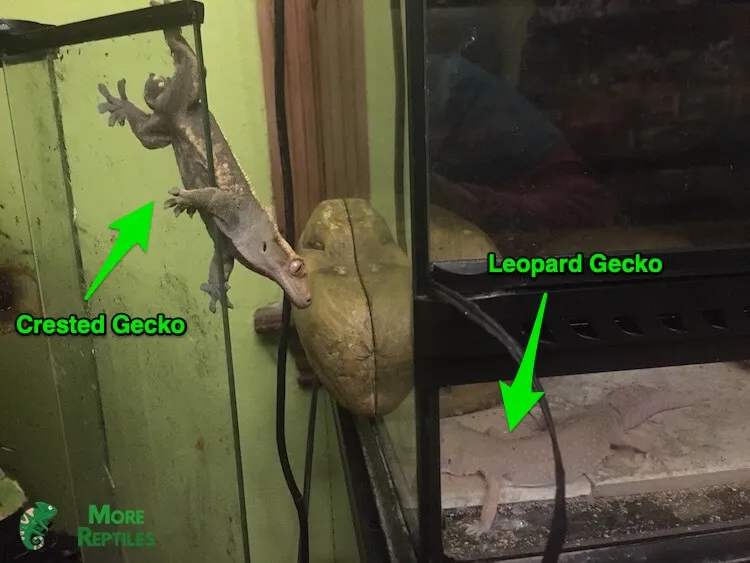
The dietary needs of leopard geckos and tarantulas differ significantly. Leopard geckos are insectivores, primarily feeding on live insects such as crickets, mealworms, and Dubia roaches. The insects need to be gut-loaded with nutritious foods before feeding them to your gecko to ensure the gecko gets all the essential nutrients. Vitamin and calcium supplements are also crucial to maintain their health. Tarantulas are also carnivores, feeding on live insects, but their diet is less diverse, usually consisting of crickets, mealworms, and sometimes small rodents. They do not need supplements as frequently as geckos. Feeding frequency depends on the tarantula’s age and size. It’s essential to provide a variety of insects to ensure they receive a balanced diet.
Housing and Environment
The housing requirements for leopard geckos and tarantulas are different. Leopard geckos require a habitat with a temperature gradient, including a warm side and a cooler side. The substrate should be safe and allow them to maintain a relatively low humidity. Tarantulas also require a specific environment, with appropriate temperature and humidity levels. They require a deep substrate for burrowing and hiding places. The enclosure size depends on the species. Proper housing will help with their survival.
Cost and Maintenance
The initial setup cost for both pets can vary. Leopard geckos are generally less expensive than many tarantulas, particularly rare species. However, the ongoing costs of maintaining the enclosures, purchasing food, and providing supplements will add up. The maintenance for both pets is moderate, requiring daily or weekly care. Leopard geckos need their enclosures cleaned regularly and require regular feeding. Tarantulas need their enclosures cleaned and fed. The cost can differ depending on the species.
Pros and Cons of Owning a Leopard Gecko
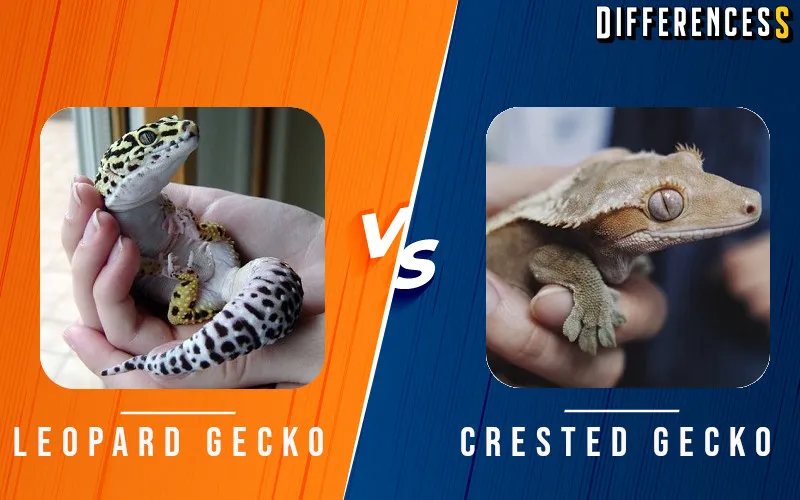
Pros of Owning a Leopard Gecko
Docile Temperament: Generally, they are docile and easy to handle, making them suitable for those new to reptile ownership. Manageable Size: Leopard geckos are relatively small, so their enclosure is not too big. Long Lifespan: They can live for 10 to 20 years with proper care. Relatively Low Maintenance: Their care requirements are less intensive than some other reptiles. Variety of Morphs: They come in many color and pattern variations, making them visually appealing.
Cons of Owning a Leopard Gecko
Nocturnal Behavior: They are most active at night, which may not suit all pet owners. Specific Dietary Needs: They require a diet of live insects, which some people find difficult to manage. Susceptible to Metabolic Bone Disease: They need proper supplementation. Potential for Tail Loss: Geckos can drop their tails if they feel threatened, although these will regrow.
Pros and Cons of Owning a Tarantula
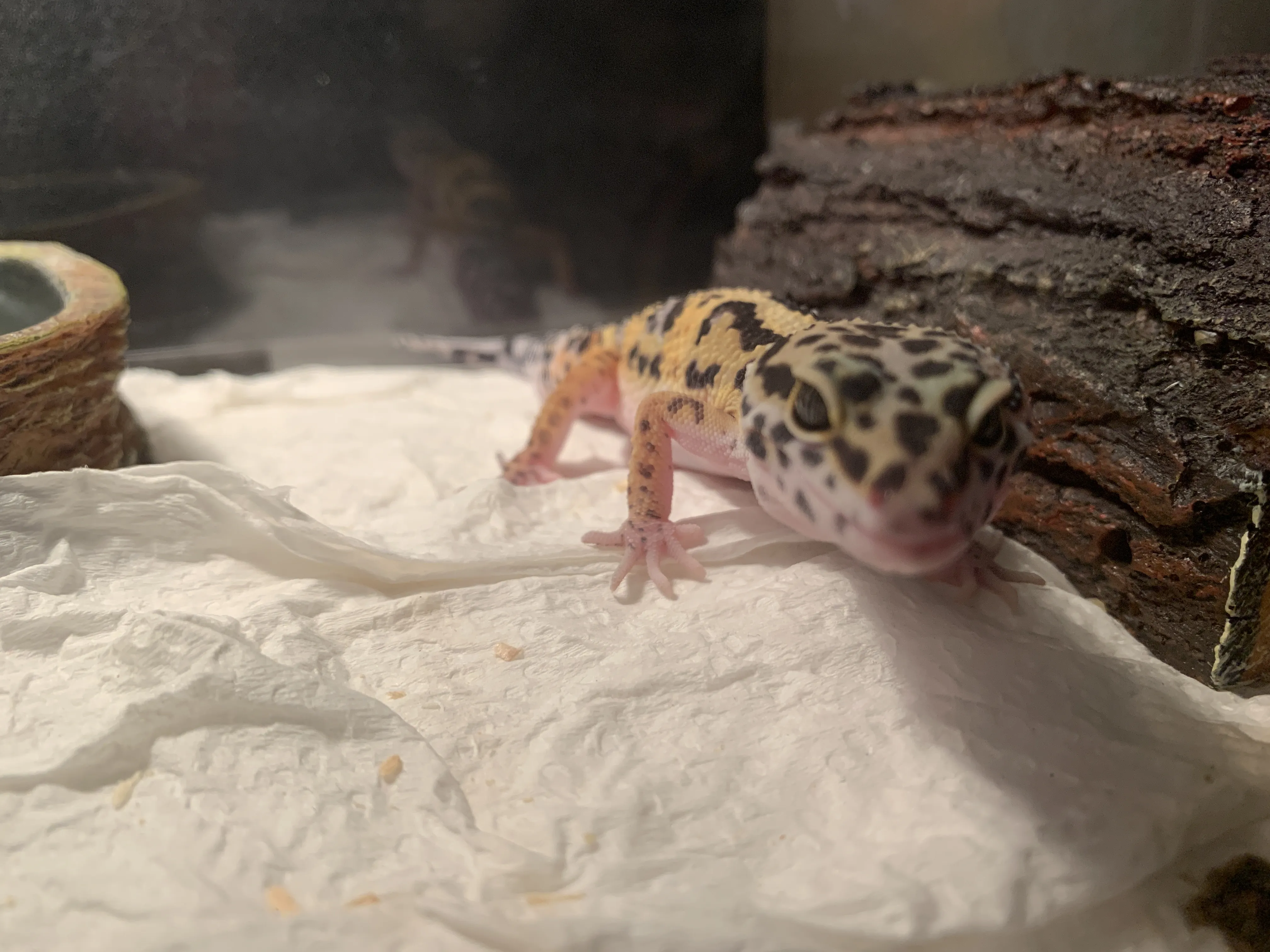
Pros of Owning a Tarantula
Low Maintenance: They require minimal care. Unique Appearance: Tarantulas have an interesting appearance and various colors. Long Lifespan: Many tarantula species can live for several years. Fascinating Behavior: Their behavior is captivating to observe. Relatively Inexpensive: Compared to some other exotic pets, their initial cost is low.
Cons of Owning a Tarantula
Handling Restrictions: Handling is generally not recommended. Potential for Bites: Tarantulas can bite if they feel threatened. Urticating Hairs: Some species have urticating hairs that can cause skin irritation. Specialized Housing: Requires a specific enclosure with certain environmental controls. Feeding on Live Insects: Must have live insects available.
Making the Right Choice for You
Deciding between a leopard gecko and a tarantula comes down to personal preferences and lifestyle considerations. Both are fascinating creatures, but their unique needs and characteristics make them suitable for different types of owners. Assessing your experience level and learning curve is key to providing the care that is required for a pet.
Factors to Consider Before Choosing
Before deciding, consider these factors: your experience with pets, handling preferences, time commitment, space availability, and budget. Leopard geckos may be better for beginners due to their docile nature and ease of handling. If you are fascinated by the beauty of tarantulas, you need to take your research seriously, and understand their behavior, and have a dedicated space. The choice should align with your ability to meet the pet’s specific needs, ensuring both the animal and the owner are happy and comfortable.
Health and Safety Considerations
Consider health and safety aspects when choosing a pet. Both leopard geckos and tarantulas can carry diseases. Always wash your hands after handling them or cleaning their enclosures. Ensure that you have the necessary knowledge and resources to handle any potential health issues that may arise. Researching and consulting with veterinarians or experienced pet owners can help ensure that you are properly prepared to provide the best possible care for your pet. Be sure that your environment is suitable for handling your pet.
Final Thoughts on Leopard Gecko vs Tarantula
Choosing between a leopard gecko and a tarantula is a personal decision, depending on your lifestyle and preferences. Leopard geckos offer an accessible, interactive experience with relatively low maintenance and a docile demeanor. Tarantulas provide a fascinating glimpse into the arachnid world, requiring less direct interaction but demanding a careful and respectful approach. Considering all these factors carefully will empower you to make the right choice. Whether you choose a leopard gecko or a tarantula, the experience of owning one of these creatures is sure to bring you a unique and rewarding journey.
